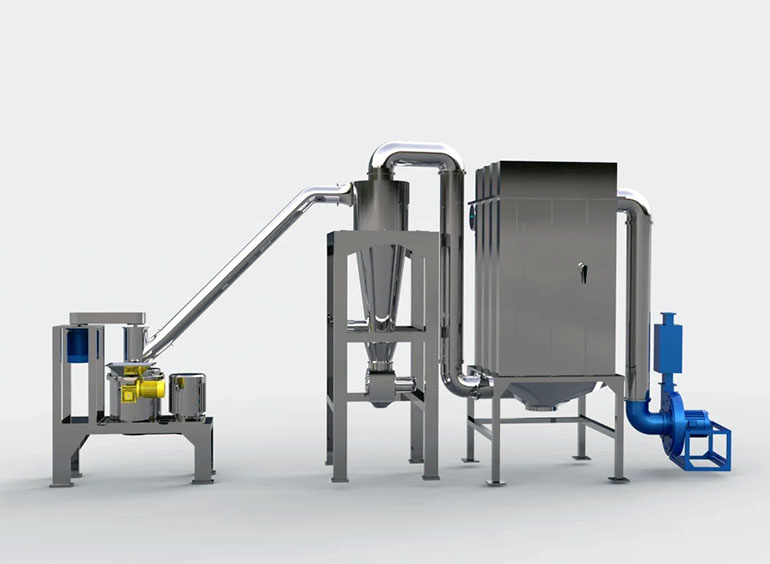Self-dusting pulverizer price
Monday October-13 2025 17:42:12
Self-dusting pulverizer prices actually vary widely, typically ranging from $800 to $10,000 per unit. This is mainly related to the type of self-dusting pulverizer, production capacity (ranging from 60 kg to 1,000 kg per hour), grinding fineness (adjustable from 10 mesh to 450 mesh), material grade (ordinary stainless steel and food-grade 304/316L stainless steel), and functional configuration. A small machine with a processing capacity of 100 kg is significantly cheaper than a large machine with a processing capacity of 1,000 kg. This shows that large equipment requires more consumables, configuration and manpower.
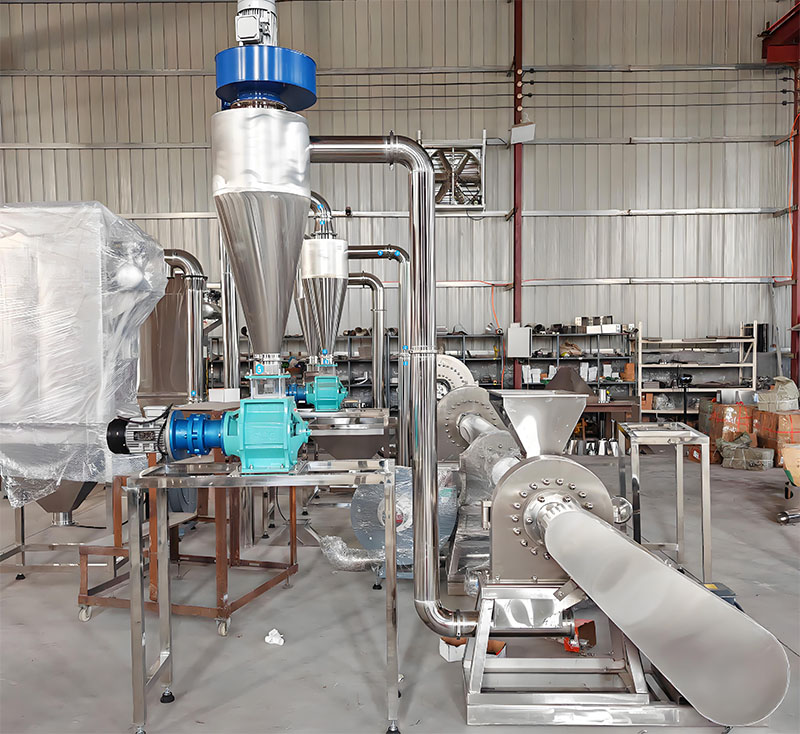
Self-dusting pulverizer price list (for reference only)
| Model | Main structural dimensions | Production capacity | Feed size | Output mesh size | Spindle speed | Machine weight | Total power | Price | ||||
| L | W | H1 | H2 | H3 | Kg/H | mm | mesh | rpm | Kg | KW | ||
| MR-20 | 1200 | 1150 | 2570 | 2070 | 650 | 60-180 | <6 | 12-120 | 4600 | 450 | 5.88 | $800 - $2,100 |
| MR-30 | 1250 | 1200 | 2570 | 2190 | 650 | 100-400 | <10 | 12-120 | 3800 | 550 | 9.38 | $1,400 - $3,200 |
| MR-40 | 1400 | 1350 | 2890 | 2230 | 650 | 200-800 | <12 | 12-120 | 3400 | 850 | 12.88 | $2,500 - $4,700 |
| MR-50 | 1600 | 1500 | 3110 | 2600 | 650 | 280-1000 | <15 | 12-120 | 2900 | 1000 | 20.38 | $3,300 - $5,800 |
| MR-60 | 1800 | 1600 | 3110 | 2640 | 650 | 300-1200 | <15 | 12-120 | 300 | 1200 | 23.88 | $4,500 - $6,500 |
What is the impact of the type of self-dusting pulverizer on the price?
Self-dusting pulverizer prices vary depending on the model. Self-priming pulverizers can be divided into three types based on their design principles and application scenarios: basic, pulse, and ultra-mini. Prices vary significantly between each type. Understanding these differences can help you choose the most cost-effective equipment for your production needs.
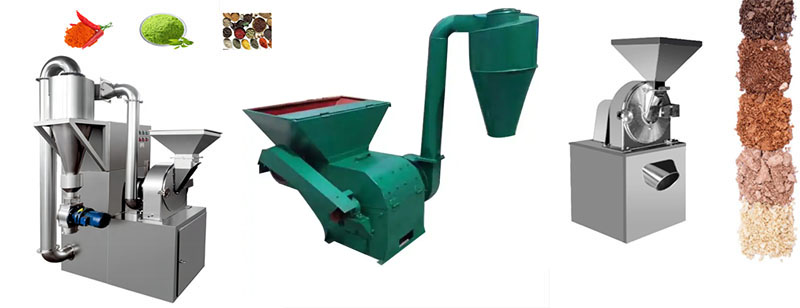
Basic self-dusting pulverizers utilize traditional screen filtration and bag dust collection. They are relatively affordable, starting at approximately $800. Suitable for processing common materials (such as spices, grains, and feed), this type of equipment offers a pulverization fineness range of 10-120 mesh and an hourly capacity of approximately 60-180 kg. They are ideal for small and medium-sized businesses with limited budgets and low precision requirements.
Pulse self-dusting pulverizers: Priced between $1,500 and $6,300, these machines utilize advanced pulse backflushing dust removal technology for dust-free operation and self-cleaning capabilities. They can achieve a pulverization fineness of 20-450 mesh, making them particularly suitable for crushing traditional Chinese medicine, corn flour, and other materials requiring high cleanliness in the pharmaceutical and food industries. The WF-30 model, for example, costs $6,850 and includes a 5.5kW pulverizer motor and a 3kW dust collection motor, with a processing capacity of 100-300 kg/h.
Ultrafine Self-dusting pulverizer: Starting at about $5,000, and high-end models exceed $14,000. These devices integrate the functions of crushing and fine classification, and can achieve ultra-fine crushing of 60-500 mesh, with processing capacity ranging from 60kg/h to 2000kg/h. The WFJ-20 model is priced at $9,700, with a 4800r/min high-speed spindle and a total power of 13.5kW, which can complete crushing and fine classification at the same time, eliminating the investment in subsequent classification equipment.
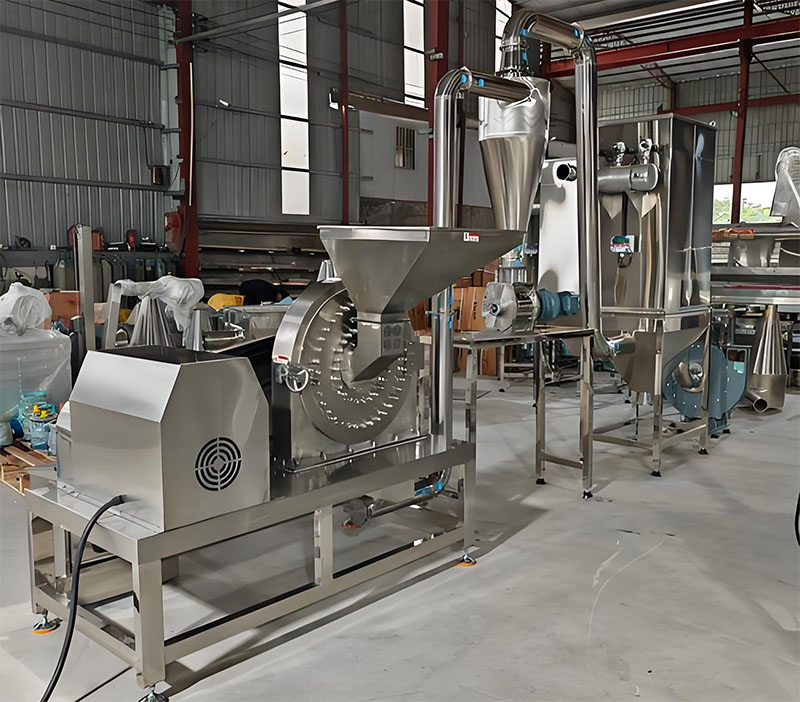
| Type | Representative model | Price range | Processing capacity (kg/h) | Grinding fineness (mesh) | Applicable industries |
| Basic type | WN-300A | $800-$3,900 | 60-180 | 10-120 | Chemical, feed |
| Pulse type | WF-30 | $1,500-46,300 | 100-300 | 20-120 | Food, pharmaceutical |
| Ultra-micro | WFJ-20 | $5,000-$14,000+ | 60-2000 | 60-500 | High-end pharmaceuticals, nanomaterials |
What are the applications of self-dusting pulverizers of different price points?
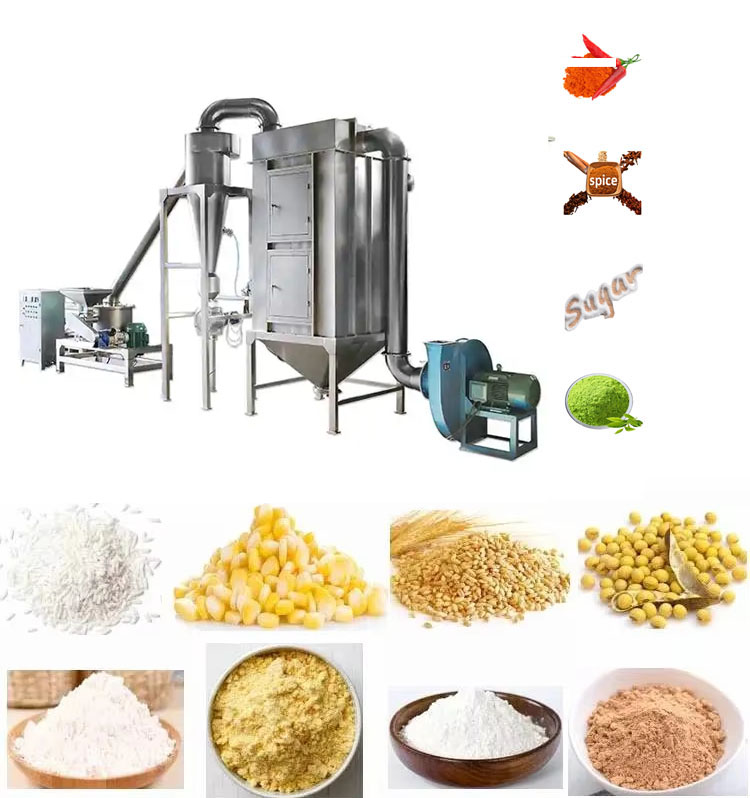
Self-dusting pulverizer price determines the industries in which it can be used. For example, for pulverizing spices in the food industry, a stainless steel self-dusting pulverizer is recommended. Its price ranges from $1,000 to $5,900, making it more expensive. This is because the food industry has high hygiene requirements, and stainless steel is clean, hygienic, and easy to clean. For customers who want to pulverize more general materials, a carbon steel self-dusting pulverizer is relatively affordable, typically ranging from $800 to $2,500. Of course, in addition to the material used, the model selected, and other features also affect the price.
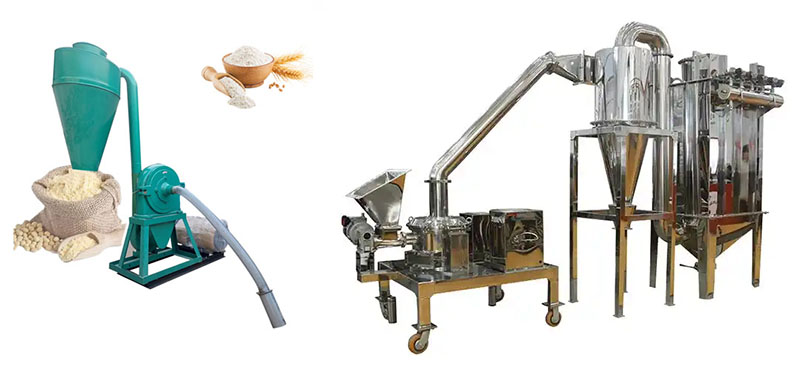
When choosing a self-dusting pulverizer, price is not the only factor to consider. You need to clearly define your production needs, the characteristics of the material you need to process (hardness, viscosity, fiber content), the material (carbon steel/stainless steel), the required pulverization fineness (10-500 mesh), and the hourly processing capacity (kg/h). Then, based on your budget, choose the most cost-effective equipment. Of course, we can provide customized products or additional features (such as explosion-proof and mobile) according to your pulverization needs, which will also increase the cost.
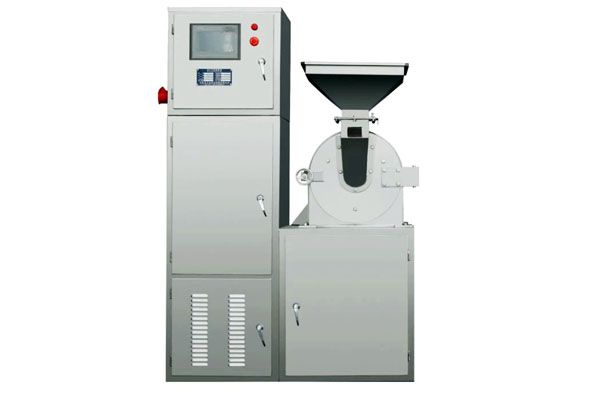 Self-dusting pulverizer
Self-dusting pulverizer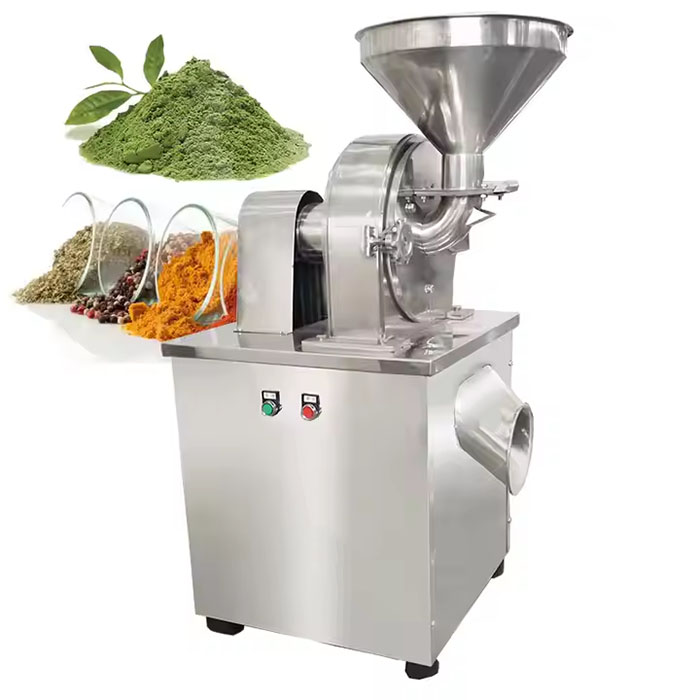 Chinese Herb Grinder Machine
Chinese Herb Grinder Machine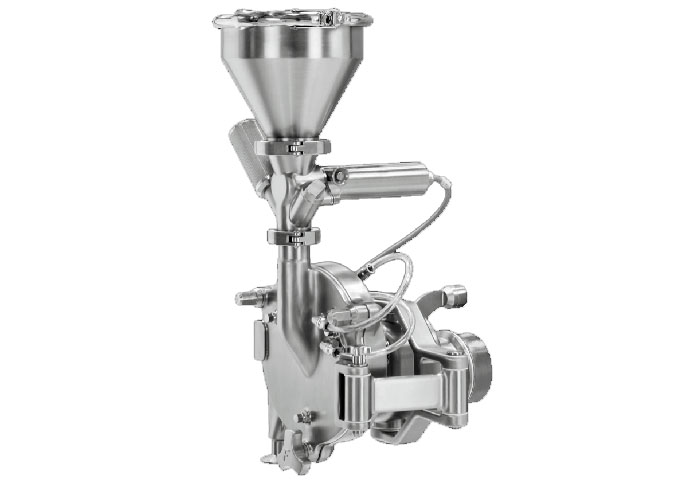 Pin Grinding Crusher
Pin Grinding Crusher